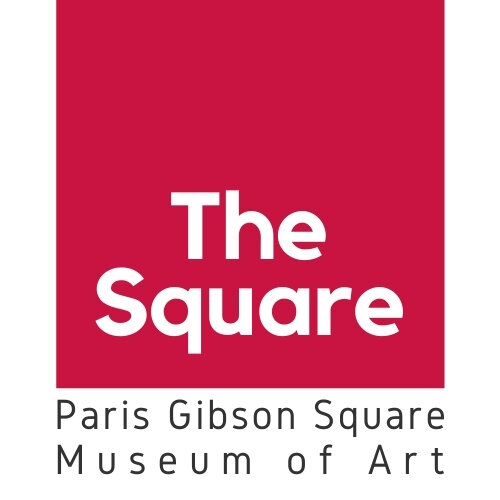Opening Reception and Book Signing: July 19, 5:00 – 8:00 p.m.
Secrets of the Vault Lecture: 6:00 – 7:00 p.m.
Introduction
In Montana, after World War II, a group of artists bucked the status quo by creating artwork of their time, influenced by their shared past. Their generation witnessed the fall of great European cities, experienced the societal breakdown of the Great Depression, served in a war based on genocide, and ushered in the Cold War.
Isabelle Johnson, Bill Stockton, Jessie Wilber, Frances Senska, Robert DeWeese, and Gennie DeWeese formed the core of this movement – others participated, like Val Knight in Great Falls, the Archie Bray in Helena, and others who took it forward as a testament to their legacy – but this show hopes to map a movement. These artists spoke to Montanans. Their language, undergirded with a strong sense of place, enabled those with little direct experience of the art world to understand Modernism.
However, it took more than an interpretation of the Stillwater River to nurture Modernism in the state. It took Community. By fostering a strong connection with each other and inviting many more to join, they established a bond that could not be broken by the Western art so prevalent around them. And finally, their egalitarian methodology of teaching and inclusion made sure no one got left behind.
All of these artists’ bona fides speak to the vast expertise they brought to Montana. Their teachers hailed from Paris to Maine, from New York City to Iowa and Colorado. Their aesthetics ranged from the Bauhaus to Cubism, from experimental and intellectual perceptions of seeing the visual world to innovative processes that spoke about Montana in deeply personal ways.
These artists started a movement that took root in the blinding snow, the bright hope of sprouted grass, the coulees and the streams, and the unsurpassed natural beauty that surrounded them daily. Through the lenses of Place, Community, and Artistic Lineage, this movement can be understood as the stanchion of what we know today as Montana Contemporary art; its beginnings can be found in the works of these Montana Modernists.
Place
Place is not a destination; it is the way we view our personal landscape. It is only known through our daily experiences and interactions. We know where the moon sets in November and which trees thrive in our yards. Place reveals itself to us over time. Take a moment with these works to understand how and why Bill Stockton looks so closely at a hillside, a snowstorm, the rounded edges of river rocks; how Isabelle Johnson portrays her ranch with the eye of a rancher but the soul of a poet; how Jessie Wilber and Frances Senska understood place through their gardens and the things (birds and cats) they loved; how Gennie DeWeese reached deeply into her heart for just the right colors to talk about her Cottonwood Canyon home. Even Robert DeWeese, reluctant to come to terms with the landscape, embraced the daily trip home, past Wolny’s Hill, pausing in his pickup to note a cloud overhead.
Place cannot be truly painted until one has lived in its shadow, is awed by its sublime challenges, and woken up in the crystalized star-studded four a.m. morning and taken a breath before the start of chores. It is that personal knowing that enables a landscape to become a memoir.
Community
In Montana, distance does not define space. Ties bring friends from far-flung regions together, and for the Modernists, art wove the strings of those friendships, creating the fabric of a movement within the weft and weave of Modernist language.
Gennie DeWeese’s scrolls epitomize the inclusivity of the DeWeese home. Each one shouts out the beauty of Montana and the value of friendship. The DeWeese home, often used as a gathering space and a gallery space, brought artists of every stripe together. Here, her work, alongside Robert DeWeese’s work, stands for the third leg of our Montana Modernist stool. For without the camaraderie fostered by the DeWeeses et al, the movement might not have withstood the test of time. They offered support of and for each other when none of them sold much artwork. They traded work to encourage more work. They showed their art alongside the art of their students. Montana Modernism took hold due to the unequaled and lifelong dedication to an art community, all of which culminated at the DeWeese home/studios. As their student, Rudy Autio once said, “The DeWeese home was like a truth farm, and everyone gathered there.”
– Michele Corriel
Sponsored by the Yellowstone Art Museum in collaboration with the Paris Gibson Square
 Museum of Art
Museum of Art

Museum Hours:
Tuesday – Saturday:
10 a.m. – 5:30 p.m.
Sunday:
12 p.m. – 4:00 p.m.
Closed Monday
Committed to showcasing legacy, established and emerging artists, we aim to be a vibrant hub that celebrates the power of art, in all its forms and expressions, to transform lives.
Love what we do? Consider donating!